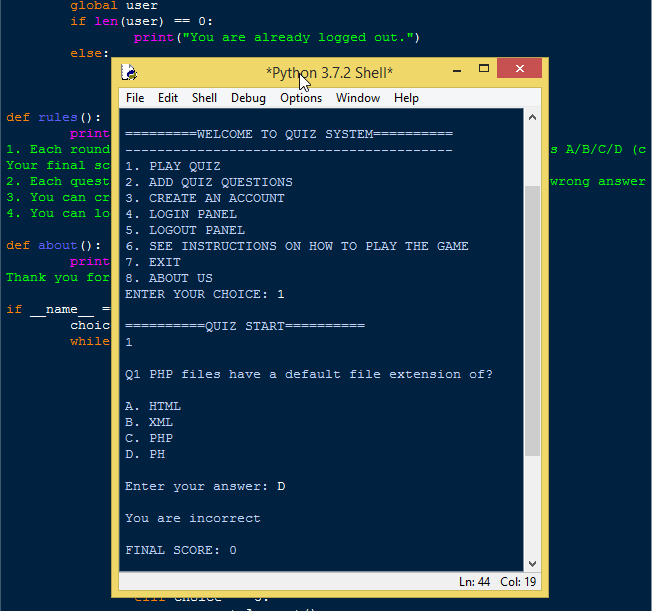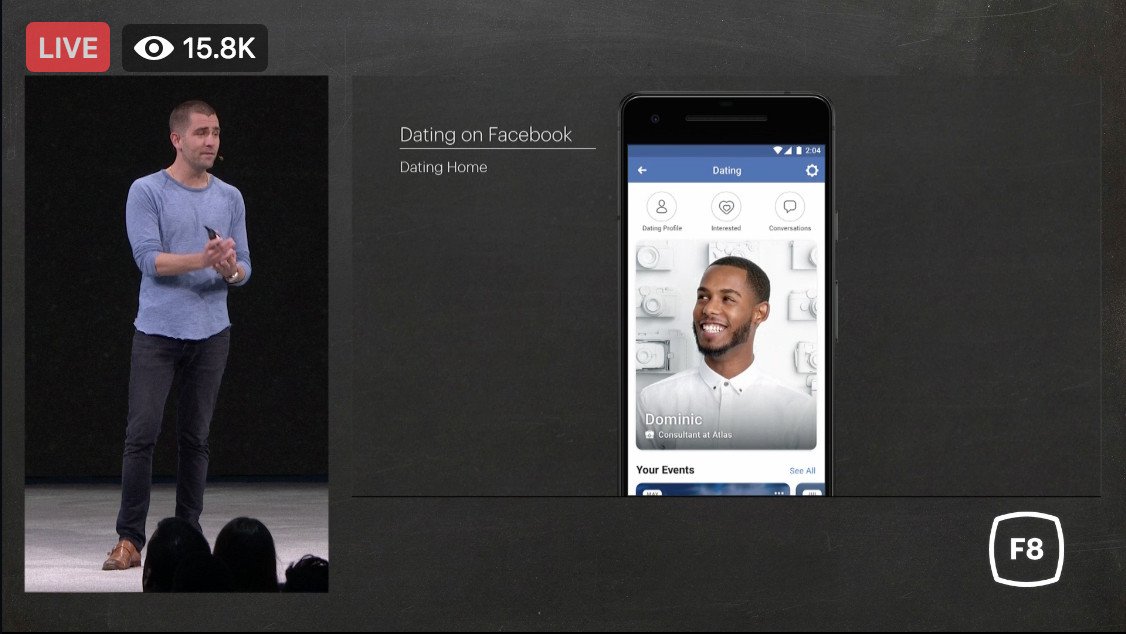

- How to develop a simple android app install#
- How to develop a simple android app for android#
- How to develop a simple android app Offline#
- How to develop a simple android app tv#
Brightcove recommends always using the latest version with a specific version string. Using dynamic versioning brings a significant risk to your build process, as newer APIs may become unexpectedly incompatible with your app's source code. Using a dynamic dependency version with the '+' character is discouraged in the Gradle community. Implementation 'nstraintlayout:constraintlayout:2.1.1'ĪndroidTestImplementation ':junit:1.1.3'ĪndroidTestImplementation ':espresso-core:3.4.0' Implementation 'androidx.appcompat:appcompat:1.3.1' How to develop a simple android app for android#
Replace the value 6.18.1 below with the latest SDK version, which can be found in the Overview: Brightcove Native SDK for Android document.

Include the latest version of the Native SDK for Android.
In the adle file, locate the dependencies section. In the Gradle Scripts group, open the adle file associated with the current module in your PlayVideos project. Jcenter() // Warning: this repository is going to shut down soon t(RepositoriesMode.FAIL_ON_PROJECT_REPOS) In the repositories section, add an entry for the Brightcove Maven repo. For details, see Android's The Gradle settings file guide. Instead of using the adle, you should place them into your adle file. Expand the Gradle Scripts group and open the adle file.Īndroid recently introduced a new way to define repositories. In the Android view, you will find your project files. Since Gradle is integrated with Android Studio, you will use it to add the Native SDK for Android to your project. Utilize Gradle to link to the Brightcove Player SDK for Android In this quick start the values shown below are used: New ProjectĪndroid Studio will work for a while and eventually display the initial state of the project. Supply values for the Name, Package name, Save location, Language, and Minimum SDK. In the New Project dialog, select Empty Activity and click Next. In the Welcome to Android Studio dialog, select New Project. How to develop a simple android app install#
Follow the Android Studio directions to install the application.Ĭreate a project in Android Studio and then link to the player SDK using Gradle. Download the Android Studio application. Get ready for development by installing Android Studio PrerequisitesĪ minimal knowledge of Java and Android app development. This is the latest and recommended API to retrieve content from your Video Cloud library.ĭevelopers who use Android Studio for development and are interested in using the Brightcove Player SDK for Android in an Android app. This example uses the Brightcove Playback API. If you think you need to use a different view, see the Choosing a BaseVideoView document. 
This example uses the BrightcoveExoPlayerVideoView, which is the recommended view to use in most cases.Add to the onCreate() method to play videos.Alter the layout to include a BrightcoveExoPlayerVideoView.Create a project and add the Brightcove Player SDK for Android using Gradle.OverviewĪfter completing this Quick Start you should be able to: Step-by-Step: Simple Video App using the Native SDK for Android In this topic, you will use Android Studio and the Brightcove Player SDK for Android to create an app which plays a video from a Brightcove Video Cloud account, as well as videos from a Brightcove Video Cloud playlist. Viewing the Brightcove System Status Page.Android SDK EOL support for ExoPlayer 1.
How to develop a simple android app tv#
Step-by-Step: Simple TV Video App using Swift.Working with App Transport Security (ATS).Step-by-Step: Simple Video App using Swift.Step-by-Step: Simple Video App using Objective-C.
How to develop a simple android app Offline#
Multiple Audio Tracks for Offline Playback.Client-Side Pre-roll Ads with Live SSAI.v6.18.4: Native SDK for Android Overview.







 0 kommentar(er)
0 kommentar(er)
